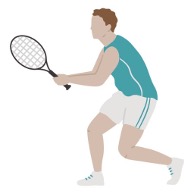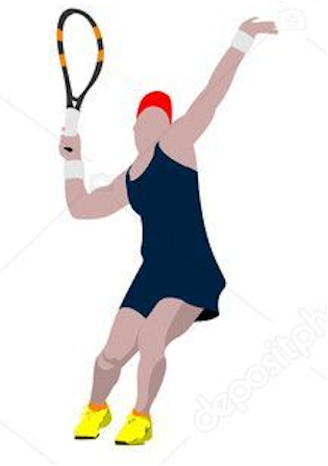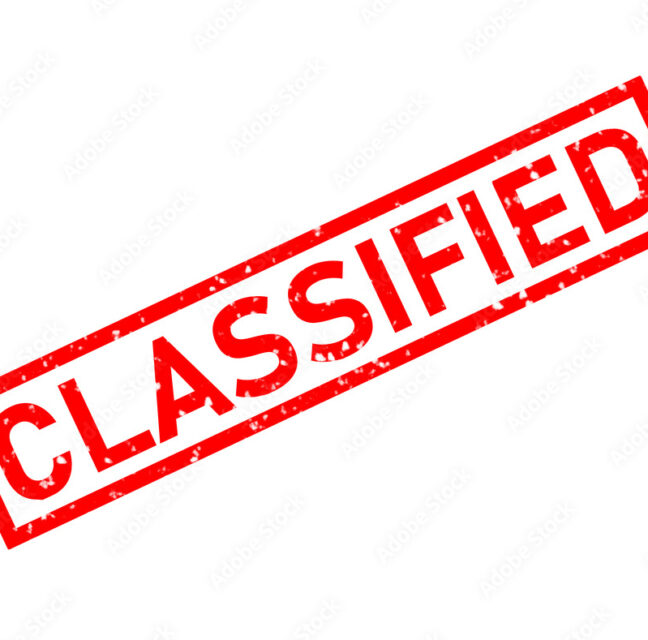
CHECK YOUR HAND POSITION FOR CONSISTENCY IN TENNIS
One of the simplest yet most misunderstood fundamentals in tennis is the position of your hands in relation to the racket. You’ve probably heard your pro say, “Keep your hands in front,” or “Don’t break your wrists!” But why? And more importantly, how?
Let’s break it down.
WHY KEEP YOUR HANDS AT 10 O’CLOCK AND WRISTS QUIET?

When you prepare for a shot—especially a volley or groundstroke—holding your hands in front of the racket around the 10 o’clock position (for right-handers) puts you in an athletic, ready-to-react position. This hand positioning:
• Stabilizes the racket head: The racket stays in front of your body where you can control it—not dragging behind you.
• Keeps your swing compact: This reduces lag and helps with timing, especially at the net.
• Increases your court vision: With the racket and hands in front, you can track the ball and adjust quickly.
• Protects your wrist and elbow: A quiet wrist leads to smoother, safer mechanics.
• Supports balance and recovery: A centered hand position keeps your weight forward and helps you recover for the next shot.

HOW TO KEEP THE HANDS IN FRONT – STEP BY STEP
1. Set the Ready Position
• Stand with knees slightly bent.
• Hands are out in front, racket head slightly above wrist level, angled at about 10 o’clock (imagine the face of a clock in front of your body).
• Wrists are firm—not locked, but steady.
2. Use Your Shoulders, Not Your Wrists
• Turn from your shoulders when preparing.
• Let the arms follow the turn—don’t let the wrists collapse or flick early.
3. Keep the Tip Up
• The racket tip should stay higher than the handle during most shots.
• Dropping the tip often leads to wrist breaks and late contact.
4. Contact in Front
• Whether you’re hitting a forehand, backhand, or volley, the point of contact should happen in front of your body, not beside or behind.
5. Visual Cue: “Catch the Ball with Your Strings”
• Imagine you’re going to catch the ball with the racket face. You wouldn’t reach back or break your wrist—you’d move forward into the catch.
COACHING REMINDER
Anytime you find yourself struggling with control or mistiming shots, check your hand position first. If the racket is trailing behind or your wrist is breaking, you’ve lost your foundation. Bring the hands back to 10 o’clock, stabilize the wrist, and let your body do the work.
Consistency in tennis doesn’t start at the baseline—it starts in front of your body.
See you on court!






